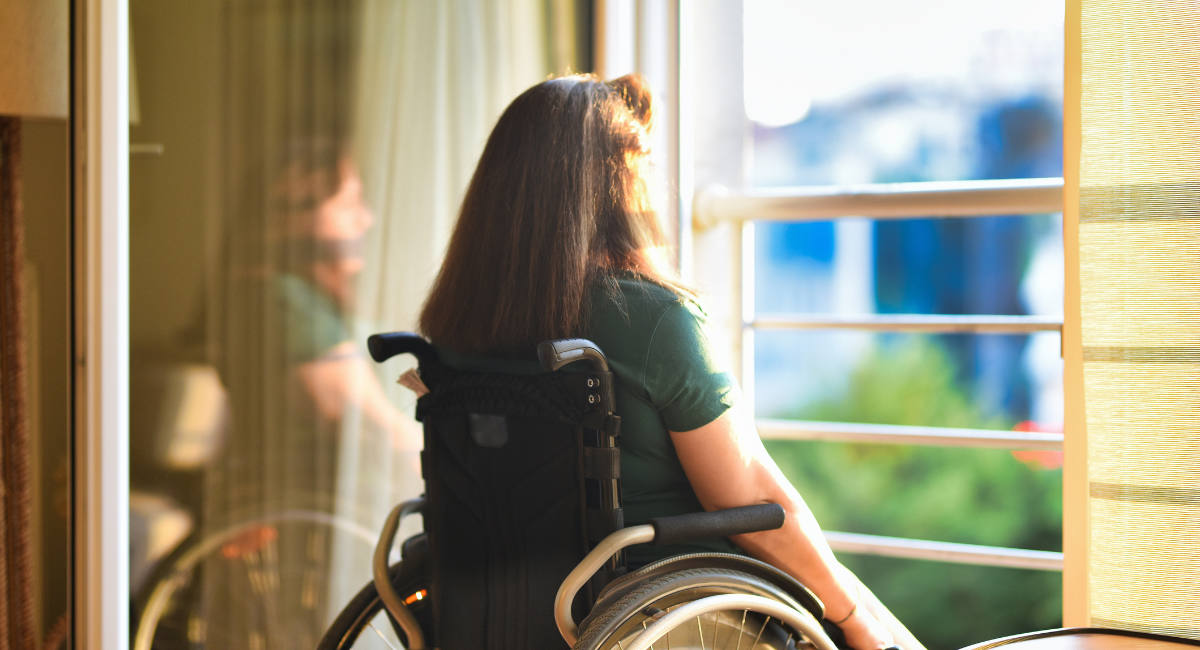While forced sterilization might seem like a relic of the distant past, its chilling reality persists — particularly in Europe — where this appalling practice endures, reflecting a sinister societal attitude that continues to value certain lives over others. The historical use of sterilization and abortion as tools of control against marginalized groups, especially the impoverished and disabled, remains an unsettling truth even in our modern era.
A recent investigation by The New York Times shed light on the distressing experiences of numerous disabled individuals subjected to non-consensual sterilization, often falsely justified as being ‘in their best interest,’ even when medically unnecessary.
What kind of message does this send?
While pro-abortion advocates are known to staunchly defend a woman’s autonomy over her body, a glaring double standard emerges when it comes to the treatment of the disabled. This contradiction raises urgent questions about societal attitudes and the unequal treatment of our most vulnerable members of society, like disabled individuals and preborn children.
Today, many countries pay lip service to the denouncement of forced sterilization, yet the abhorrent practice persists. Consider Iceland — an unsettling example of a nation with a history of forced sterilization. Despite efforts to tighten sterilization laws and condemn human rights abuses under the Istanbul Convention, Iceland’s health ministry approved the sterilization of six teenage girls between 2013 and 2017, as reported by The New York Times. Although Iceland prohibits forced tubal ligations, hysterectomies (falling outside the Istanbul Convention) are still performed. Shockingly, these sterilizations are often executed for the convenience of families and caregivers.
READ: EUGENICS: California inmates forcibly sterilized because ‘it’s cheaper than welfare’
The story of Kristin Smith, a capable woman with Down syndrome from Iceland, is a striking example. Despite living a normal life and expressing a desire to have children in the future, Smith’s mother took her for a tubal ligation at age 20. This decision robbed her of the opportunity to have children with her partner later in life.
Forced sterilization is not confined to Europe. Astonishingly, even in the United States, a 2022 report by the National Women’s Law Center revealed that 31 states, plus Washington D.C., allow for involuntary sterilization, predominantly affecting people with disabilities. This includes the heartbreaking case of Ashley X, who was subjected to a hysterectomy at six years old due to developmental disabilities, robbing her of her reproductive rights.
The persistent practice of forced sterilization affecting the disabled in both Europe and the United States underscores a disturbing truth: despite claims of universal rights, many disabled individuals are systematically denied theirs. Addressing this injustice requires a deep reexamination of biases and an unwavering commitment to securing the rights of every individual, irrespective of ability.
Eliminating forced sterilization demands not just legal reform but a moral imperative to honor the dignity of all.








